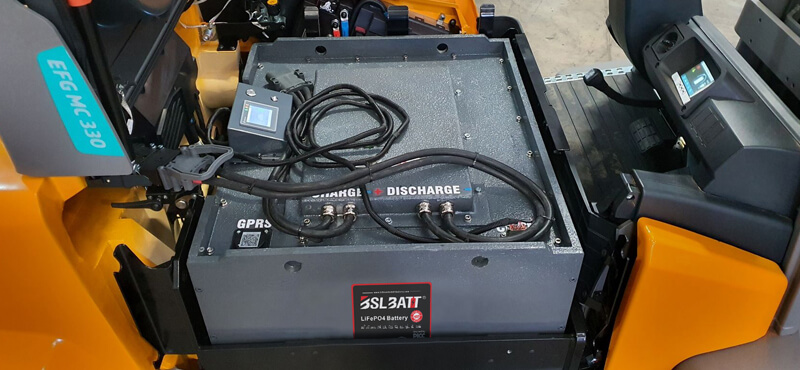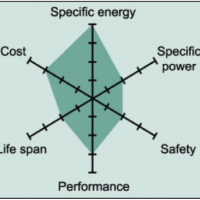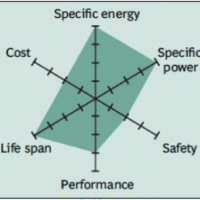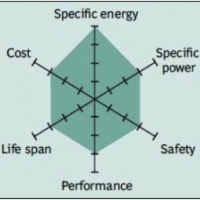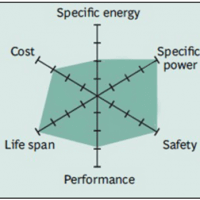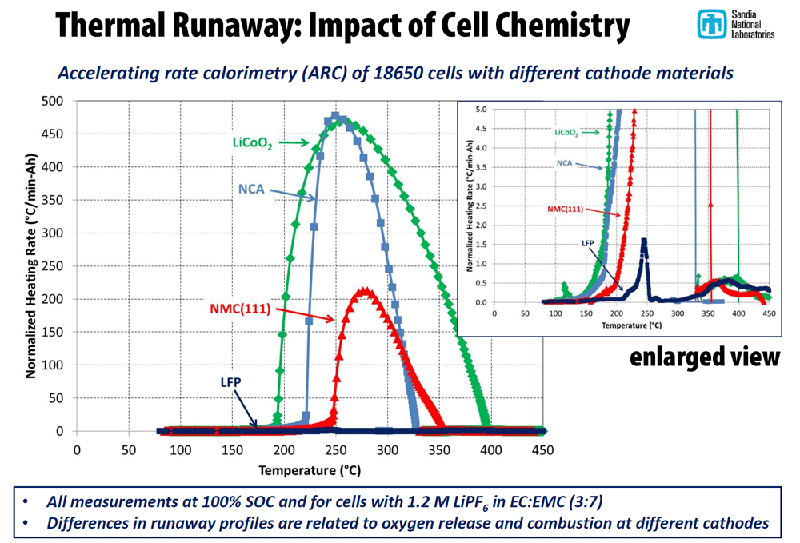Industry Application
Product Type
Lithium Iron Phosphate(LiFePo4)
Main Lithium-Ion technologies available on market :
BSLBATT® uses different types of lithium-ion cells according to requested specifications.We mainly use Lithium Iron Phosphate (LFP) and a battery management system to design our packs. Lithium Cobalt Oxide Technology (LCO) is excluded from our products because of the unsatisfactory level of safety and limited lifespan. As lithium battery factory battery technology experts will provide you with more than 2000 times of 100% deep discharge. After 2000 times, the battery will still be at least 70% of the rated capacity. to ensure greater reliability of our products. The cells are sorted and balanced to ensure the optimal lifespan of delivered products. lithium iron Phosphate :Appeared in 1996, Lithium Ferro Phosphate technology (also called LFP or LiFePO4) is supplanting other technologies because of its technical advantages. This technology is implanted in traction applications, but also in energy storage applications such as self-efficiency, Off-Grid, or UPS systems. Major advantages of Lithium Iron Phosphate:
Thermal RunawayOne of the main causes of danger for lithium-ion cells is related to the phenomenon of thermal runaway. This is a healing reaction of the battery in use, caused by the nature of the materials used in the chemistry of the battery. Thermal runaway is mainly caused by the solicitation of batteries under specific conditions, such as overload under adverse climatic conditions. The result of a thermal runaway of a cell depends on its level of charge and can lead in the worst case to inflammation or even an explosion of the Lithium-Ion cell. However, not all types of Lithium-Ion technology, due to their chemical composition, have the same sensitivity to this phenomenon. The figure below shows the energy produced during an artificially induced thermal runaway
It can be seen that among the Lithium-Ion technologies mentioned above, LCO and NCA are the most dangerous chemicals from a thermal runaway point of view with a temperature rise of about 470°C per minute. The NMC chemistry emits about half the energy, with an increase of 200°C per minute, but this level of energy causes in all cases the internal combustion of materials and the ignition of the cell. In addition, it can be seen that LiFePO4 – LFP technology is is slightly subject to thermal runaway phenomena, with a temperature rise of barely 1.5°C per minute. With this very low level of energy released, the thermal runaway of the Lithium Iron Phosphate technology is intrinsically impossible in normal operation, and even almost impossible to artificially trigger. Combined with a BMS, Lithium Iron Phosphate (LifePO4 – LFP) is currently the most secure Lithium-Ion technology on the market. Estimated Life-cycle for Lithium Iron Phosphate technology (LiFePO4)Lithium Iron Phosphate technology is that which allows the greatest number of charge/discharge cycles. That is why this technology is mainly adopted in stationary energy storage systems (self-consumption, Off-Grid, UPS, etc.) for applications requiring long life. Didn’t you find the answer you were looking for? Please e-mail us at:[email protected] |








